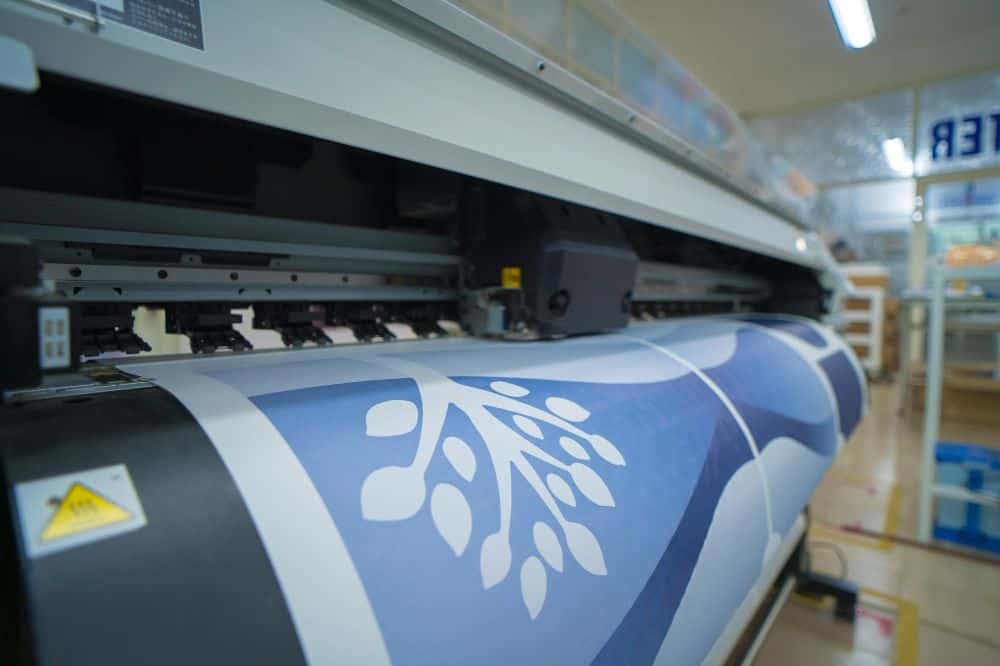Crafting Identity: The Evolution of Custom Signage from Concept to Installation

In today’s bustling urban landscapes and competitive business environments, signage serves as more than just a functional tool for directing or informing. It’s a vital component of brand identity, a statement of style, and a means of capturing attention in a crowded world. The journey of custom signage from its conceptualization to its installation is a fascinating process that involves creativity, innovation, and an understanding of evolving sign trends. In this blog post, we’ll delve into the various stages of this journey and explore how custom signage has evolved to meet the changing needs and preferences of businesses and consumers alike.
Conceptualization: The Birth of an Idea
Custom signage begins with a spark of inspiration. Whether it’s a new business venture, a rebranding effort, or an event promotion, the first step is to conceptualize the design and purpose of the signage. This phase often involves collaboration between business owners, designers, and marketing professionals to ensure that the signage effectively communicates the desired message and aligns with the brand’s identity. Trends in signage conceptualization may include minimalist designs, bold typography, or incorporation of interactive elements to engage passersby.
Design and Development: Bringing Ideas to Life
Once the concept is solidified, the next stage is to bring it to life through design and development. Designers use a variety of tools and techniques to create visually striking signage that captures attention and conveys the intended message. This may involve digital mockups, 3D renderings, or physical prototypes to refine the design and ensure that it meets the client’s specifications. Sign trends in design often reflect broader aesthetic movements, such as vintage-inspired signage, eco-friendly materials, or digital signage with dynamic content capabilities.
Fabrication: Turning Vision into Reality
With the design approved, the focus shifts to fabrication, where skilled craftsmen and technicians work to transform raw materials into finished signage. This stage requires precision and attention to detail to ensure that the signage is structurally sound, weather-resistant, and visually appealing. Depending on the complexity of the design, fabrication may involve traditional techniques like hand-painting or cutting-edge technologies like CNC routing and laser cutting. Trends in fabrication often revolve around sustainability, with an increasing emphasis on using recycled materials and energy-efficient production methods.
Installation and Integration: Bringing Signage to the World
The final stage of the journey is installation, where the signage is mounted, illuminated, or otherwise integrated into its intended environment. This may involve coordination with contractors, landlords, or city officials to obtain permits and ensure compliance with local regulations. Installation techniques vary depending on factors such as location, size, and type of signage, with options ranging from wall-mounted signs to freestanding pylons and digital displays. Signage integration may also include elements like wayfinding systems, lighting design, or interactive features to enhance the user experience.
In conclusion, the journey of custom signage from concept to installation is a dynamic process that involves collaboration, creativity, and attention to detail at every step. By staying attuned to emerging sign trends and embracing innovative technologies, businesses can create signage that not only informs and directs but also captivates and inspires. Whether it’s a sleek storefront sign, a vibrant billboard, or an eye-catching digital display, custom signage plays a crucial role in shaping the visual landscape of our communities and communicating the unique identity of the brands and businesses it represents.
Three Locations to Serve You
Charleston, SC
(843) 552-2626
Columbia, SC
(803) 731-2001
Jacksonville, FL
(904) 724-4321



0 Comments